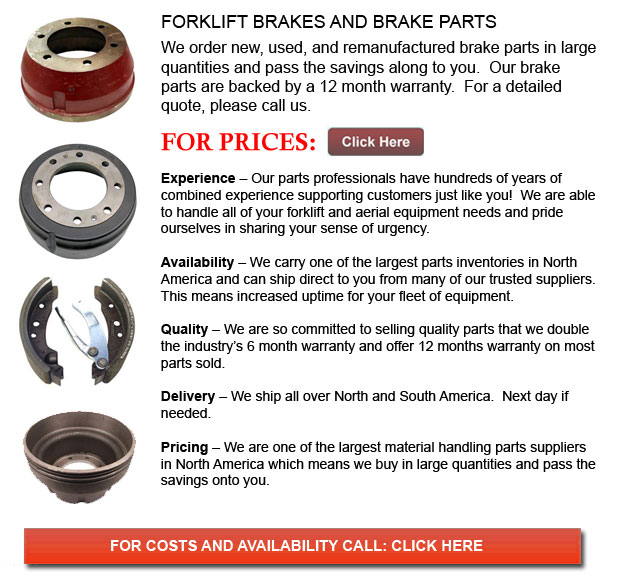
Brake for Forklift - A brake drum is wherein the friction is provided by the brake shoes or brake pads. The pads or shoes press up against the rotating brake drum. There are some other brake drums types together with particular specific differences. A "break drum" will generally refer to if either pads or shoes press onto the inner exterior of the drum. A "clasp brake" is the term used to be able to describe when shoes press against the exterior of the drum. Another type of brake, called a "band brake" makes use of a flexible belt or band to wrap all-around the outside of the drum. If the drum is pinched in between two shoes, it could be referred to as a "pinch brake drum." Similar to a conventional disc brake, these types of brakes are quite rare.
Prior to the year 1995, early brake drums required constant modification regularly in order to compensate for drum and shoe wear. "Low pedal" or long brake pedal travel is the dangerous end result if adjustments are not done sufficiently. The motor vehicle could become hazardous and the brakes can become useless when low pedal is combined with brake fade.
There are several various Self-Adjusting systems for braking existing these days. They can be classed into two individual categories, the RAI and RAD. RAI systems are built-in systems that help the device recover from overheating. The most recognized RAI manufacturers are Lucas, Bosch, AP and Bendix. The most famous RAD systems include Volkswagen, VAG, AP, Bendix and Ford recovery systems.
The self adjusting brake would usually only engage when the lift truck is reversing into a stop. This method of stopping is suitable for use where all wheels utilize brake drums. Disc brakes are used on the front wheels of vehicles nowadays. By working only in reverse it is less likely that the brakes would be adjusted while hot and the brake drums are expanded. If adjusted while hot, "dragging brakes" can happen, which increases fuel intake and accelerates wear. A ratchet tool that becomes engaged as the hand brake is set is another way the self adjusting brakes could operate. This means is just appropriate in functions where rear brake drums are utilized. When the emergency or parking brake actuator lever goes over a specific amount of travel, the ratchet advances an adjuster screw and the brake shoes move toward the drum.
Located at the bottom of the drum sits the manual adjustment knob. It can be tweaked using the hole on the other side of the wheel. You would have to go beneath the vehicle utilizing a flathead screwdriver. It is very essential to be able to adjust each and every wheel evenly and to be able to move the click wheel correctly for the reason that an unequal adjustment may pull the vehicle one side during heavy braking. The most efficient method to make sure this tedious job is accomplished safely is to either raise each wheel off the ground and hand spin it while measuring how much force it takes and feeling if the shoes are dragging, or give every\each and every one the exact amount of clicks utilizing the hand and then do a road test.
![]() Click to Download the pdf
Click to Download the pdf
Forklift Parts
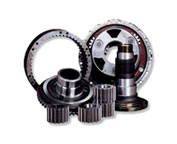
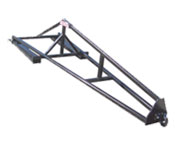
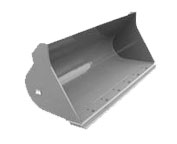
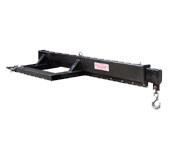
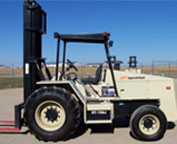
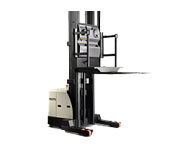
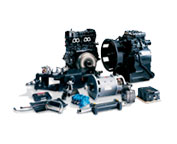
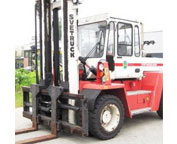
Lift Parts Express
TOLL FREE: 1-888-695-7994
LOCAL: 951-200-3156
25060 HANCOCK AVE 451
Murrieta, California
forkliftpartsmurrieta.com
Email Us
About Us


